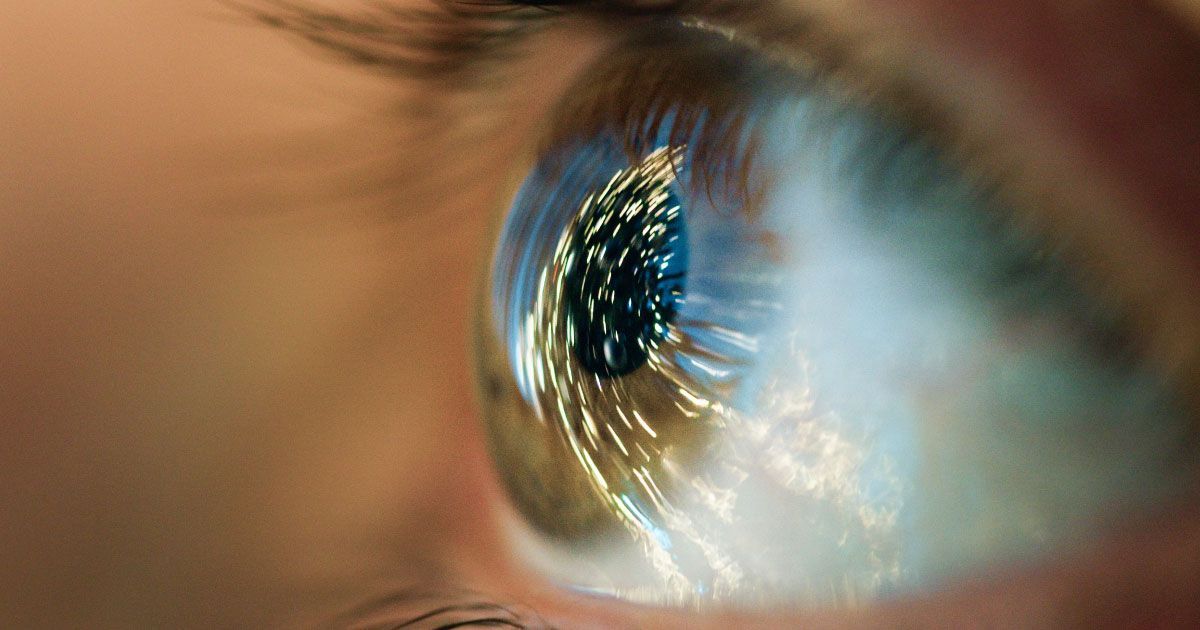Thyroid Eye Disease Unveiled: Protect Your Vision and Reclaim Comfort

Read time: 4 minutes
Thyroid eye disease (TED), also known as Graves' orbitopathy or thyroid-associated orbitopathy, is a rare autoimmune disorder that affects the eyes and surrounding tissues. Most commonly linked to hyperthyroidism, particularly Graves' disease, TED can significantly impact vision, comfort, and appearance. While its exact causes are complex, advances in modern treatments offer hope for patients navigating this condition.
TED occurs when the immune system mistakenly attacks the muscles and tissues around the eyes. This autoimmune response often leads to inflammation and swelling in the eye socket, causing symptoms such as bulging eyes (proptosis), double vision, and discomfort. In severe cases, TED can lead to vision loss due to optic nerve compression or corneal exposure. Interestingly, the condition can also develop in individuals with normal thyroid function (euthyroid) or underactive thyroid (hypothyroidism).
Symptoms of Thyroid Eye Disease
The symptoms of TED generally fall into two phases: the active phase and the chronic phase.
- Active Phase: This inflammatory stage typically lasts between 6 months and 2 years. Symptoms may include bulging eyes, eye redness and irritation, dry eyes or excessive tearing, light sensitivity, eye pain or pressure, double vision, and eyelid retraction (where the eyelids appear pulled back, exposing more of the eye). These symptoms tend to progress rapidly during this phase.
- Chronic Phase: After inflammation subsides, residual damage may persist. Chronic symptoms can include persistent bulging eyes, scarring of the eye muscles that may limit movement, continued double vision, eyelid abnormalities, and potential vision loss in severe cases.
Causes and Risk Factors
TED arises from an overactive immune response targeting the body’s own tissues. While the exact causes are not fully understood, several factors are known to contribute:
- Autoimmune Mechanisms: The immune system produces antibodies that target proteins in the thyroid gland and tissues around the eyes, triggering inflammation.
- Association with Graves’ Disease: Approximately 25–50% of people with Graves’ disease develop some form of TED due to shared autoimmune processes.
- Risk Factors: Cigarette smoking significantly increases the risk and worsens progression, while women are more likely to develop TED, although men tend to experience more severe cases. The condition is most common in middle-aged adults and may arise when thyroid dysfunction (either hyperthyroidism or hypothyroidism) is not properly managed.
Diagnosis of Thyroid Eye Disease
Diagnosing TED involves a detailed medical history, clinical evaluation, imaging studies, and laboratory tests. An ophthalmologist or endocrinologist will assess eye movement, alignment, and appearance, as well as vision and optic nerve function. Imaging techniques such as CT or MRI help evaluate swelling in the orbital tissues and rule out other conditions. Laboratory tests, including thyroid function and autoantibody tests, confirm thyroid-related abnormalities.
Complications
If left untreated, TED can lead to severe complications, including optic neuropathy (compression of the optic nerve causing vision loss), corneal ulcers from incomplete eyelid closure, persistent double vision due to scarring, and significant psychological impacts from changes in appearance or vision.
Treatment Options
Treatment for TED depends on its severity and whether it is in the active or chronic phase. Early intervention is critical to prevent complications.
- Lifestyle Modifications: Smoking cessation is the most effective lifestyle change to slow disease progression and improve outcomes. Eye protection, such as wearing glasses in windy or dusty environments, is also beneficial.
- Supportive Care: For mild cases, symptom management can significantly improve comfort. Options include lubricating eye drops, sunglasses to reduce light sensitivity, sleeping with an elevated head position to reduce swelling, and prism glasses for mild double vision.
- Corticosteroids: High-dose corticosteroids are commonly used during the active phase to reduce inflammation. These can be delivered orally, intravenously, or through local injections.
- Immunomodulatory Drugs: Newer medications like teprotumumab target immune pathways specific to TED and have shown promise in reducing inflammation and bulging eyes.
- Thyroid Management: Stabilizing thyroid hormone levels through medication, radioactive iodine, or surgery can help control the progression of TED.
Reserved for severe cases or the chronic phase, surgery can address both functional and cosmetic concerns:
- Orbital Decompression Surgery: Removes bone or fat from the orbit to reduce pressure and improve proptosis.
- Strabismus Surgery: Realigns the eyes to correct double vision caused by muscle scarring.
- Eyelid Surgery: Corrects eyelid retraction and improves appearance.
Living with Thyroid Eye Disease
Managing TED requires collaboration between patients and healthcare providers. Regular monitoring, a healthy lifestyle, and adherence to prescribed treatments can significantly improve outcomes. Emotional support from friends, family, or support groups can also help patients cope with the psychological impact of the condition. Exploring cosmetic options like specialized eyewear may address concerns about changes in appearance.
The Takeaway
Thyroid eye disease is a complex condition that can affect vision, comfort, and quality of life. However, advancements in medical treatments and surgical techniques offer hope for effective management. Early diagnosis, a tailored treatment plan, and a proactive approach can help patients navigate the challenges of TED, preserving both their vision and well-being. If you or a loved one are experiencing symptoms, seek professional care promptly—early intervention is key to achieving the best outcomes.
If you are experiencing symptoms of Thyroid Eye Disease, don’t wait - schedule an appointment with one of our skilled optometrists today to receive expert care and guidance for preserving your vision and comfort.
Share this blog post on social or with a friend:
The information provided in this article is intended for general knowledge and educational purposes only and should not be construed as medical advice. It is strongly recommended to consult with an eye care professional for personalized recommendations and guidance regarding your individual needs and eye health concerns.
All of Urban Optiks Optometry's blog posts and articles contain information carefully curated from openly sourced materials available in the public domain. We strive to ensure the accuracy and relevance of the information provided. For a comprehensive understanding of our practices and to read our full disclosure statement, please click here.


















